Unsure how to govern and control your user identities and their access? Then – the identity governance framework is the solution for you. But what is it? How does it work? In this article, we’ll explore this governance framework in detail.
As per Verizon data breach investigation reports, nearly 83% of data breaches involved internal actors. This stat highlights — it’s high time you as an organization start to effectively govern your identities and their access. This means thoroughly ensuring users don’t hold any privileges that they can misuse to comprise your sensitive data. How can that be done? This is where the identity governance framework comes in as a help. But what is an identity governance framework? Let’s find out.
What Is Identity Governance Framework?
The identity governance framework is a set of structured standards that IT teams follow to manage and oversee digital identities, their accounts, and their access privileges. In fact, this frameworks also give IT teams the flexibility to set policies to regulate and control the exchange of identity-related data between different SaaS apps and critical systems. This helps ensure that identity information is handled securely and complies with privacy policies. But how does it work?
Suppose ABC is a financial institute, and all the critical data (customer ID, bank details, card details) are securely stored in its systems and SaaS apps, which the finance department solely manages. Given the sensitive nature of the data, ABC Institute needs to ensure that only authorized users from the finance department gain access to these apps and critical systems and prevent other department users from gaining access. So, how can that be done?
This is precisely where this framework comes into play. Your manager can establish a framework that follows a role-based access control policy, allowing only users from the finance department to access applications and systems. By doing so, you no longer have to worry about users from different departments gaining access to financial data and comprising your sensitive data.
Now, you may say, 'Doesn't identity and access management also do the same thing?' 'How is it even different from the identity governance framework?' The confusion is quite relevant since both directly and indirectly manage users' identities and access levels. But there is a difference in their approach.
Identity Governance Framework Vs Identity Access Management (IAM) Framework
The identity and access management framework is designed to manage who can access what within an organization. It implements methods like authentication (verifying a user’s identity) and authorization (granting verified users access) to ensure only authorized users gain access to organization SaaS apps and data.
On the other hand, the identity governance framework is a much wider term; it goes beyond access control. It reviews whether a user holds appropriate access, flags unnecessary permissions, and ensures users adhere to the company’s policies while sharing data across apps and systems.
Suppose user A simply needs access to a project management tool. The IT team can implement the IAM framework to verify user A’s identity first and then grant access solely to that requested project management tool.
Let’s say user A’s role changed; now, the IT team has to ensure user A’s previous access permissions are removed and new permissions are assigned. In this situation, the IT team can implement the IGA framework to ensure user A does not hold any access permissions from their previous role. If they do, IT teams will get notified immediately. Also, it will make sure that user A’s new permissions align with their new role. This approach helps ensure the user has only required access throughout their lifecycle — nothing more and nothing less.
Also Read: Identity Governance vs Identity Management
Let’s understand what benefits you will get by implementing this governance framework.
3 Key Benefits Of Identity Governance Framework
Below mentioned are 3 main advantages of identity governance framework:

1: Helps Prevent Security Breaches
Identity governance frameworks continuously review user roles and their entitlements throughout their lifecycle, ensuring they only hold access to what is necessary for their work and nothing beyond that. In fact, if any misaligned access privileges are detected during this review, this governance framework adjusts the level of permissions or revokes them if required. This approach helps minimize the risk of security breaches posed due to unauthorized access attempts and mismanagement of user access.
2: Helps Adhere To Stringent Compliance Regulations
Compliance regulations like HIPAA, ISO 27001, and SOC mandate the implementation of security practices and policies to safeguard data from potential risks. So, to meet the compliance requirements and avoid non-compliance penalties, the identity governance framework enforces access control policies like role-based access control, the principle of least privilege, and segregation of duties. This practice helps ensure that only authorized users hold access to systems, apps, and critical data, which keeps the data secure from getting compromised or exploited.
This framework also maintains audit logs demonstrating that organizations have taken all the necessary actions to meet the mandatory regulatory requirements. Further, you can present these compliance reports/records to the auditors and get your compliance certification.
3: Helps Manage Frequently Changing Identities Access Seamlessly
By integrating the identity governance framework with identity governance automation tools, you can effectively govern user access to frequently changing user identities. Once the integration is set up, the automation tool will run based on the predefined rules set forth in the identity governance framework to manage access. It will automatically grant, modify, and revoke users' access as needed.
The tool will also automatically monitor and review identity access based on the set rules and ensure users have only the access they need. This means your teams no longer have to spend time handling these tasks manually—the tool will automatically manage them all. This will make your team more productive and efficient.
Now that you are familiar with the identity governance framework and its benefits, you may consider implementing it in your organization. But how do you implement an this governance framework? Here's how.
How To Implement Identity Governance Framework?
You cannot randomly start creating and implementing an identity governance framework in your setup. It’s a detailed process that involves performing multiple tasks. To begin with, first, you need to gather all the data about your user, like — what their role is, which department they are from, and what access they already have or what access they need. After that, you have to set up policies and security measures to manage their access. Once that is done, you need to review whether the access aligns with your user's needs or not. If any access misalignment is detected, you will need to figure out what is wrong and make the changes accordingly. Now, imagine if you had performed all these tasks manually.
So what is the solution? The answer is to deploy an automated identity governance solution like Zluri. It will help you implement the identity governance framework seamlessly, saving your IT team time and effort. But how?
Zluri offers an ‘access review solution’ that enables your IT team to govern user access effectively. First, it conducts a thorough review to give your team insights about – user status (active or inactive), recent activities (especially suspicious activities), access permissions they hold, which apps your user currently has access to, and more. Then, it allows your IT team to set up strict access control policies. Once the policies or rules are set up, Zluri’s system thoroughly monitors all the user’s access rights. It detects if there is any misalignment in access or if any unauthorized user is trying to access critical data. After that, it suggests what actions can be taken to manage their access.
The best part is that with Zluri’s access review solution, this entire process can be automated by creating an access certification workflow. This automation ensures there is no room for errors, yielding 10 times better outcomes and saving 70% of your IT team’s time and effort.
Now, let’s take Google Workspace as an example to see how you can automate access review in Zluri.
To know more about Zluri’s access review, book a demo now.
Also Read: What is Identity Governance & Administration?
However, to further ensure effective implementation of this governance framework you can also follow a few best practices. What are these best practices? Let’s quickly find out.
Best Practices For Identity Governance Framework Implementation
Listed below are 4 identity governance framework best practices that you should definitely consider implementing to maintain a well governed identity management system.

1. Understand Your Business Requirements
Identity governance is not only the goal of an IT department; it is for the entire organization. Hence, every stakeholder must be involved in the process, and everyone’s concerns must be validated.
However, most organizations only involve senior-level management while planning and creating frameworks, and they don’t take any input from operational-level management. As a result, they overlook critical insights and perspectives that could improve the effectiveness of identity governance frame implementation.
So, to avoid this, your team should start by understanding your users' issues. They can be related to accessing a privileged account that they require for their job, a delay in receiving access, or not having the required entitlements on time.
Spend time with your internal stakeholders to understand the current state of these common issues that users report. This way, your team can create and implement an effective governance framework that meets their needs.
2. Create A Zero-Trust Environment
To create an identity governance framework, you must establish a zero-trust network to set up various types of access controls and right-size entitlements offered to each role. To provide low-level access, you must identify all applications and privileged entities of your organization. If you already have an identity management application in place, you can easily bring the whole IT infrastructure under this zero-trust setup.
Besides providing low-level privileges, you must enforce an additional layer of security through multi-factor authentication. Adding a layer of security allows users to access work-related applications from any device or gadget simply and seamlessly without compromising sensitive identity security (knowing whether it’s the right user trying to access).
Another factor that must be considered here is creating identity access controls that enable fine-granular access to users rather than giving group-based access. For example, two users belonging to the same role can have different rights enabled that allow them to perform their jobs without having any conflicting access permissions.
Additionally, regularly monitoring user behavior lets you observe what users require most and don’t often access and make necessary changes. For example, you can restrict the least-used privileges and create just-in-time access for them. This means you are providing privileged access only when required and requested by the user.
3. Enforce Segregation of Duties Policy To Govern User
Segregation of duties means dividing users' responsibilities to reduce conflict of interests. Simply put, no single user should have control over all aspects of a critical process. This way, you can know who is accountable for what tasks and reduce the risk of manipulating access privileges. But how to set up this system? IT teams can simply enforce the policy of segregation of duties in their system. Once the setting is done, the system will automatically outline the roles (based on the data IT teams provide) and assign users particular responsibilities. By implementing this approach, the IT team will have full visibility into what each user is up to, like how they access apps and perform their tasks, making it much easier to govern individual users.
4. Use A Single Platform For Governance
Using a single governance platform makes it much easier for the IT team to have complete visibility into the entire infrastructure. It can enforce identity governance policies to control who has access to what in a detailed manner. Also, when all applications are managed in a single place, applying access certification across all applications becomes simpler.
In addition, IT teams can maintain logs of user-privileged sessions, screen recordings, user behavior, and other detailed audit trails all in one place. They don’t have to go through multiple systems to gather these details.
Also, with a single system in place for identity management and governance, you can quickly apply policy changes to suit varying compliance needs.
A single platform helps you manage identity management, access governance policies, and compliance, which is convenient for the IT team and other stakeholders involved.
Implement Identity Governance Framework For Complete Control Over User Access
In conclusion, if identity theft and security breaches continue to rise, implementing an identity governance framework won’t just be an option anymore – it is necessary. By establishing this framework, you gain complete control over identity-related information (users and their access permissions) and reduce the risk of potential breaches from occurring — all while adhering to stringent regulatory compliance. To further ensure your governance framework performs as per your expectations, you can deploy tools like Zluri’s access review. It will automate the entire access governance process, saving your IT teams productive time and effort. So why wait? Take a leap and maintain a well-governed access environment by embracing the power of an identity governance framework.
Frequently Asked Questions (FAQs)
1. What Are The Key Components Of An Identity Governance Framework?
Identity governance framework components include – identity management, access control policies, access review, and compliance monitoring.
2. How Often Should Organizations Update & Review Their Identity Governance Framework?
Since users and their access frequently change, it is advised that governance frameworks be updated once every six months and reviewed annually. This will help ensure that the framework remains effective regardless of any given circumstances.
3. What Consequences Will Organizations Face If They Don’t Implement Identity Governance Frameworks?
Organizations may violate regulatory compliance, jeopardizing their critical data privacy and safety and further causing financial and reputational damages.
Meta Description: With our in-depth guide, explore the identity governance framework, its benefits, how to implement it, and best practices for effective implementation.


.webp)






.svg)



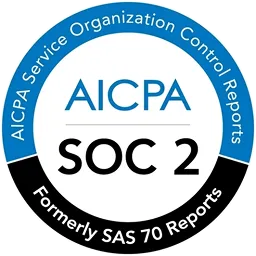
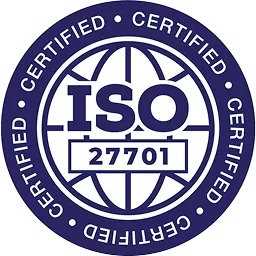
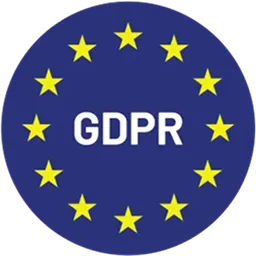
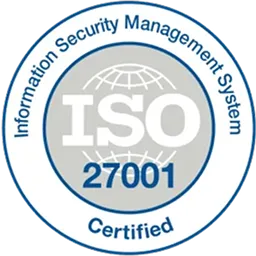
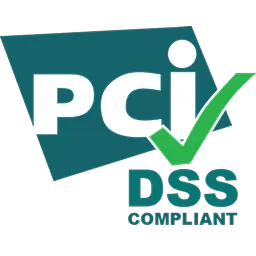
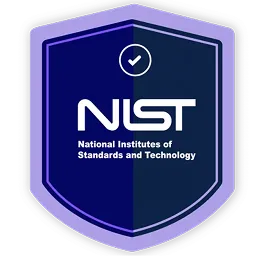
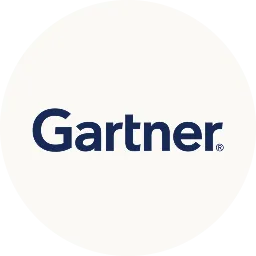
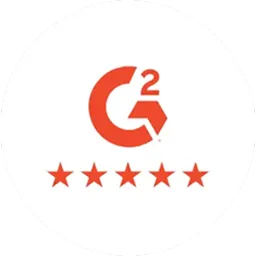

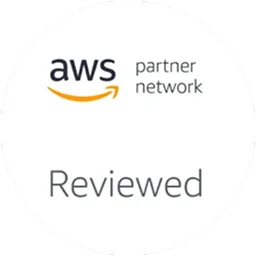

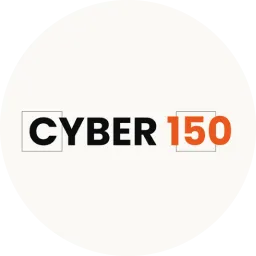














.webp)







.webp)
.webp)





.webp)